


Design origin
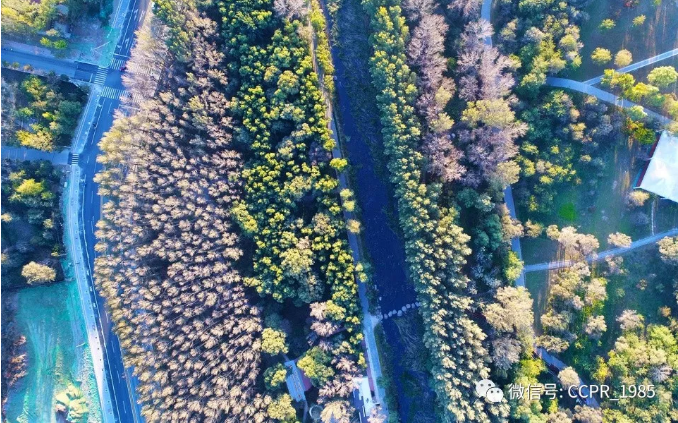
aerial view of the project(part)
It may sound alarming, but today’s rising rates of childhood obesity, hyperactivity in children, depression and other mental illnesses are closely linked to children’s exposure to nature. Today, the generation growing up under the environment of electronic products generally lacks the contact with nature in their life, resulting in a significant increase of physical obesity, attention disorder, irascibility and psychological depression in this generation of children. In the United States, the behavioral and psychological problems caused by a lack of contact with nature are known as “nature-deficit disorder.” The natural deficiency of children has become a worldwide social problem, which has reached a very terrible point. In China, the situation is even more serious. According to the survey, 48.5% of primary and junior middle school students in 20 provinces and cities in China spend less than 3 hours a week in outdoor activities, and 12.4% of the respondents have the tendency of natural deficit disorder, and this degree is increasing. In order to alleviate this problem, the United States, Japan, South Korea and nearly ten other countries have carried out special legislation on environmental education to promote environmental education at the highest intensity and rebuild the connection between children and nature.In order to better connect nature and children, the designer adds the environmental education function in the Beijing yanqing GUI river upstream urban forest project, hoping to take this opportunity to provide children with an environmental education place and facilities, and wake up their ecological consciousness.
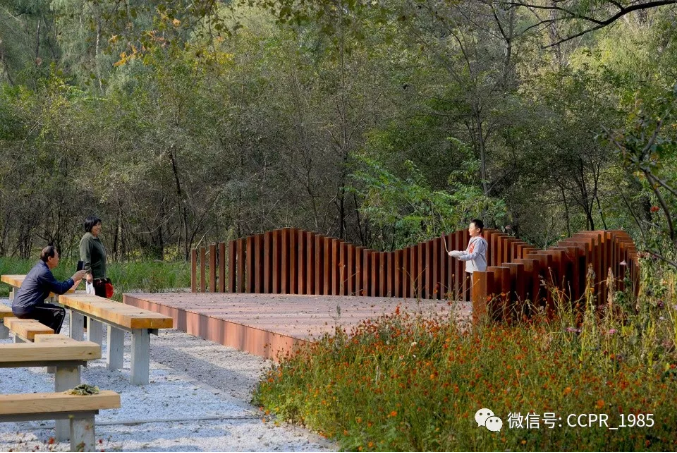
In order to better connect nature and children, the environmental education function was added into this project, the photo shows a family is interacting in the forest theater
The last child in the forest
When Richard love wrote “the last child in the woods,” it was largely because American children were reaching a terrifying level of “nature-deficit disorder”。 Our country is undergoing another round of rapid urbanization, and we are wrapping ourselves in a jungle of steel and cement at a speed that surprises the world. We are proud of yourself forward steps every day, or for their future work, for the next generation, we are more concerned about whether they have healthy food and milk powder, will get a good education resources, can in the fierce competition with their peers, and completely ignored their contact and natural. In fact, many times our impetuous state of mind let us not calm down to take the children to close to nature. — from a parent of a child. So, in China, are we the “last children in the forest”? Where do our children go from here?
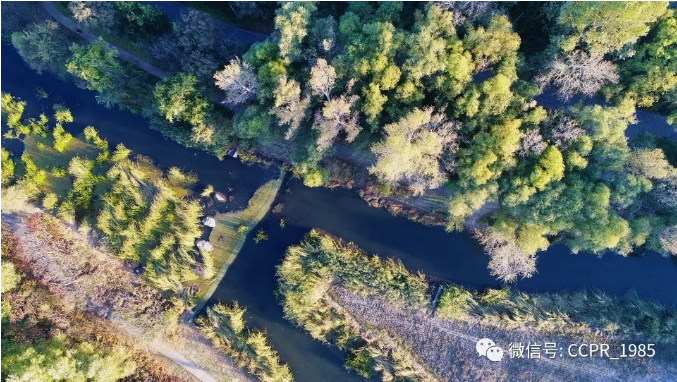
The design retains 99% of the original trees in the site, and increases the stability of the community landscape by planting native tree species
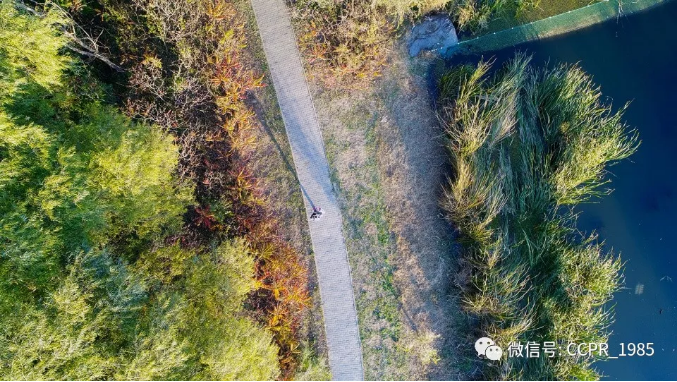
plant landscape after renovation
the relationship between the nature theatre and the plant landscape & the river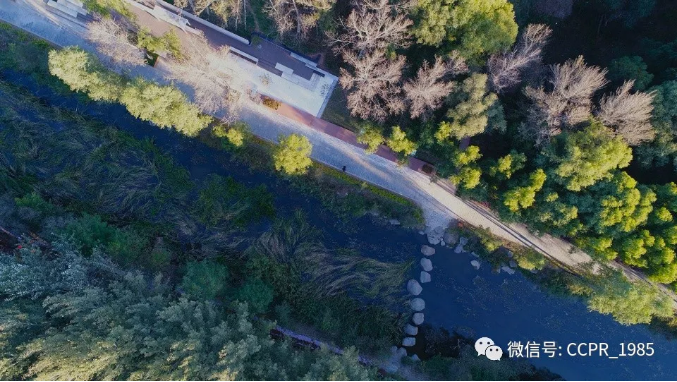
The role and responsibility of landscape architects
Landscape architects should have the design ability and social responsibility to provide environmental education places for children. Based on the theories of environmental education, urban forest and landscape architecture, the project established a program of planning and design investigation and evaluation based on the theories of environmental education. Based on 97 environmental education (publicity and education) bases in protected areas, the team collected a total of 84 assessment reports and held more than 10 discussions and seminars on community, experts and officials. The project data were obtained from the national bureau of forestry and grassland research project.
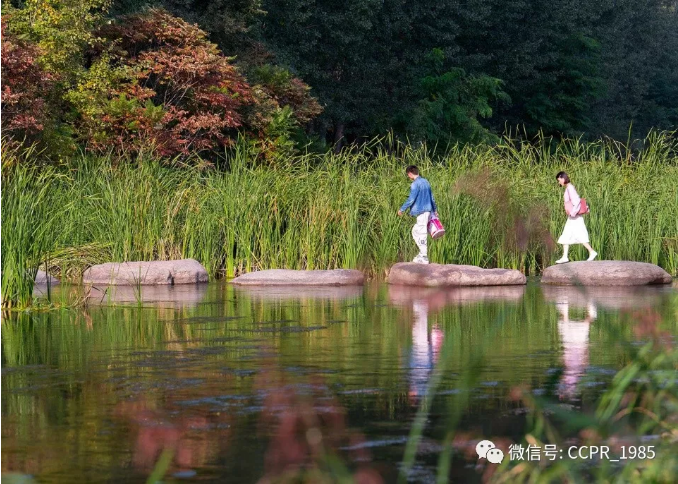
Based on the theories of environmental education, urban forest and landscape architecture, the project established a program of planning and design investigation and evaluation based on the theories of environmental education
Site profile
The construction area of the project is located in the upper part of GUI river in yanqing district of Beijing. The site status is an urban forest with poplar trees as the main tree species, which is located between xiadu bridge in the west and sunshang bridge in the east. The research scope of the project is about 26.25hm2, which is adjacent to yanqing sports park, xiadu park and GUI river forest park.
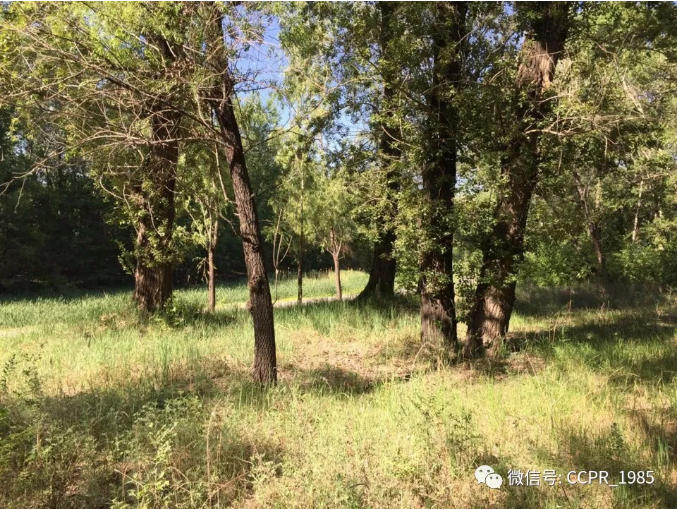
The site status is an urban forest with poplar trees as the main tree species
The project team’s vision for the site is to become a vehicle for reconstructing the relationship between children and nature. Before that, the designer wanted to minimize the impact on the land, and to achieve the connection between children and nature and the site with the least amount of engineering work.
(1) Keep all the existing trees, and most areas are natural succession areas.
(2) All landscape Spaces are involved in the existing site in a minimized way.
(3) Fully respect the public will of children, parents and teachers, and design the forest classroom, nature theater, nature observation path, hand-painted climbing wall, forest park and other natural education places.
(4) Many micro-habitats are designed for animals to increase ecological diversity, enhance the resilience of ecological species and improve their long-term survival ability.
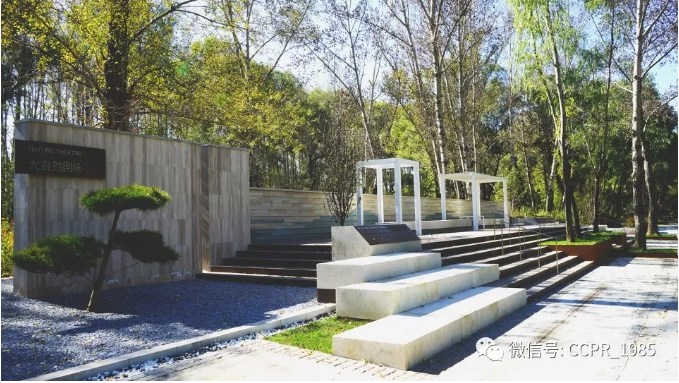
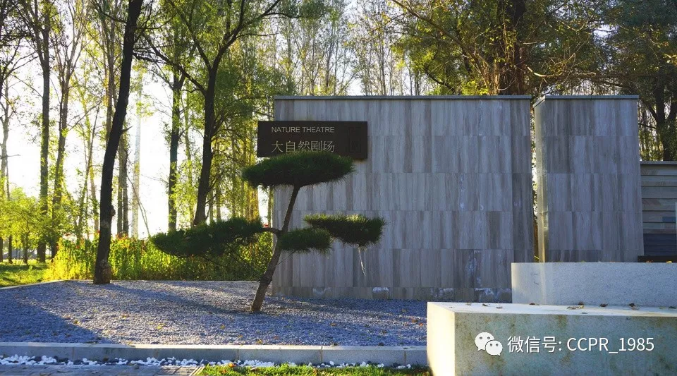
nature theatre
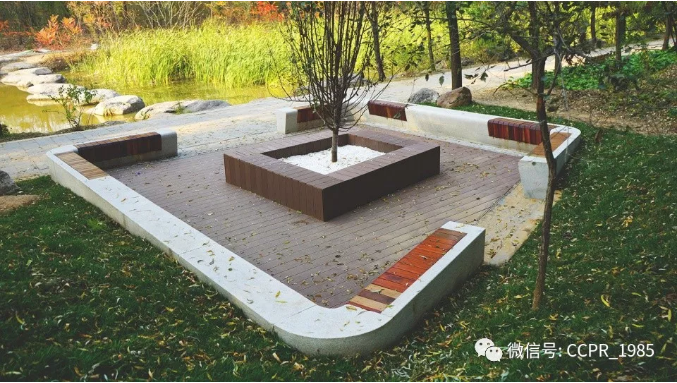
small space

seats in the forest


forest class
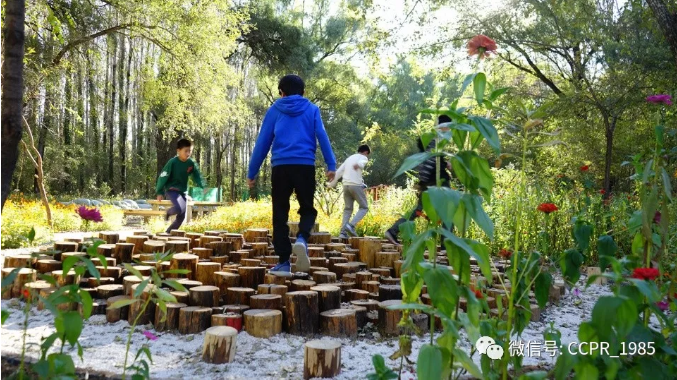
plum pile
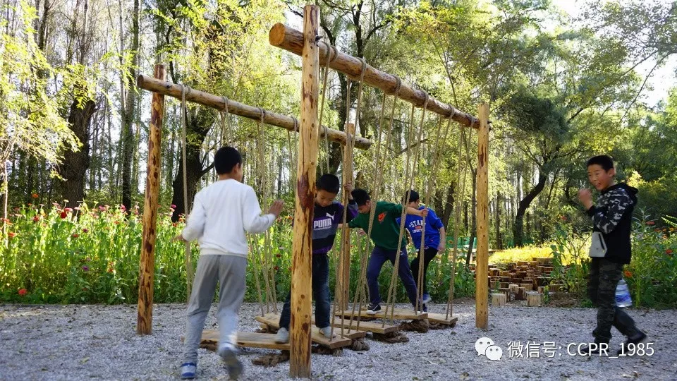
simple wood recreational facilities
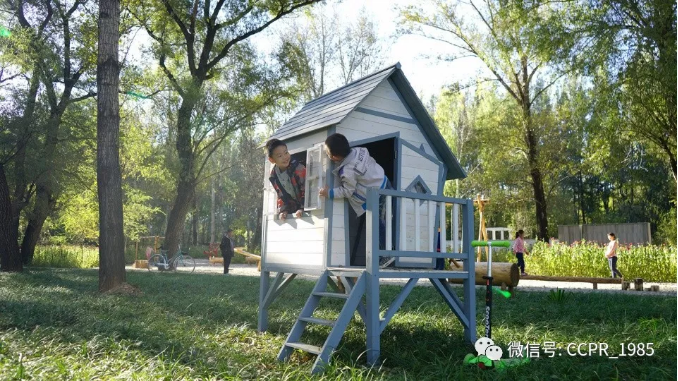
cottage in the forest
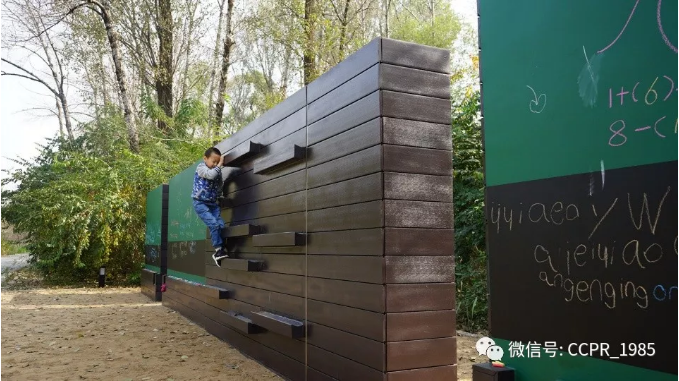
hand-painted wall with climbing function
two children in counting competition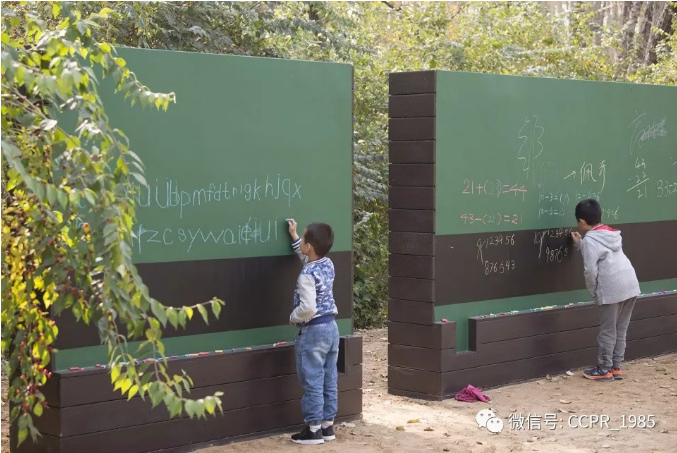

calf shaped seat
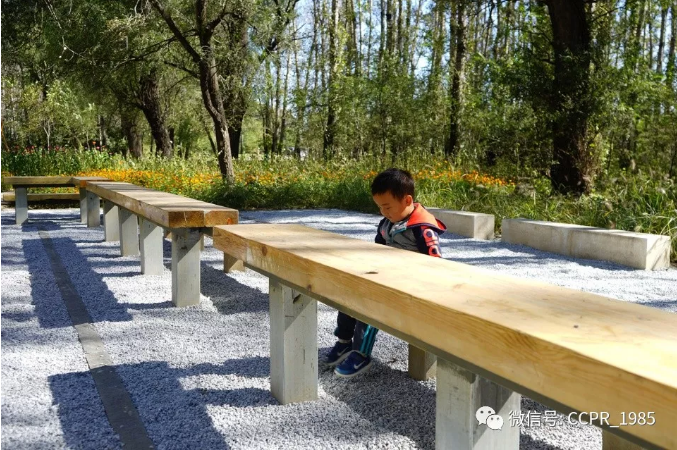
a child who is thinking about problems
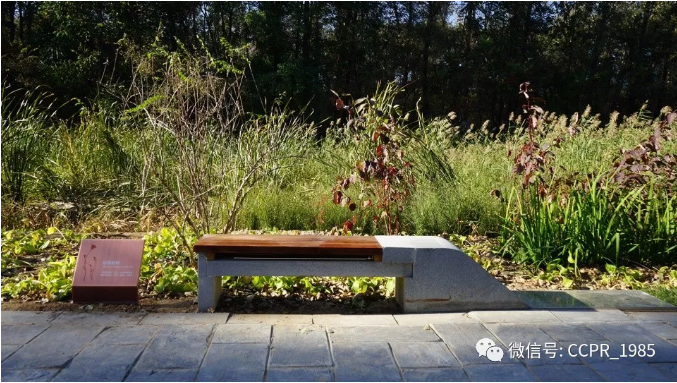
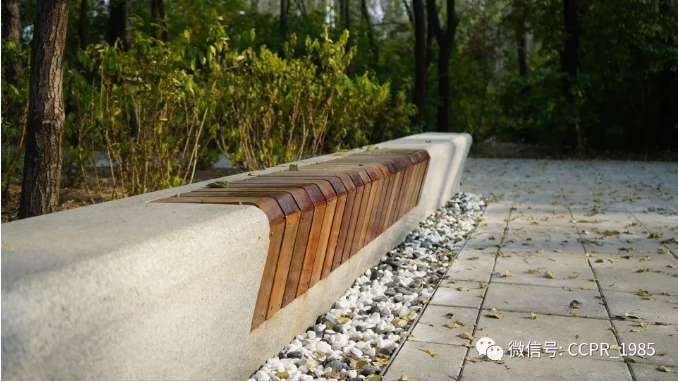


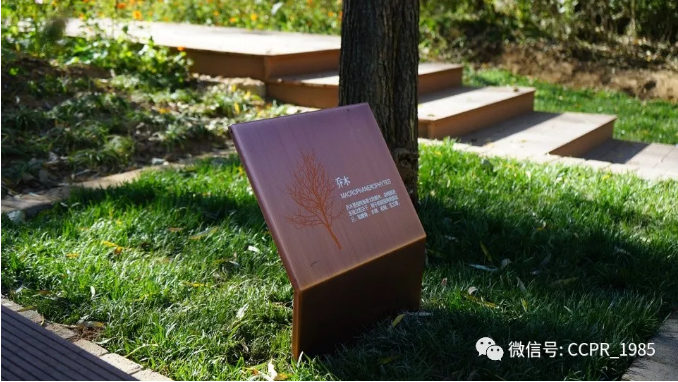
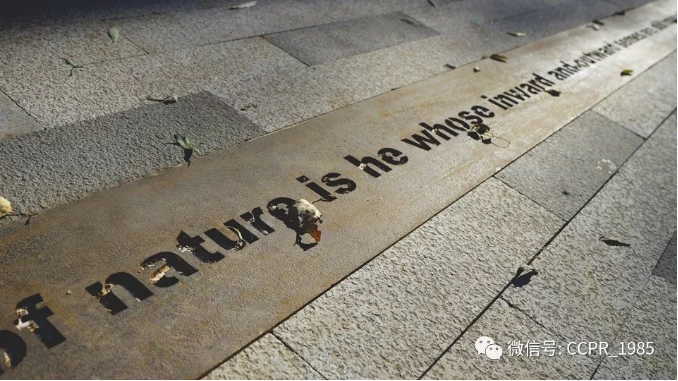
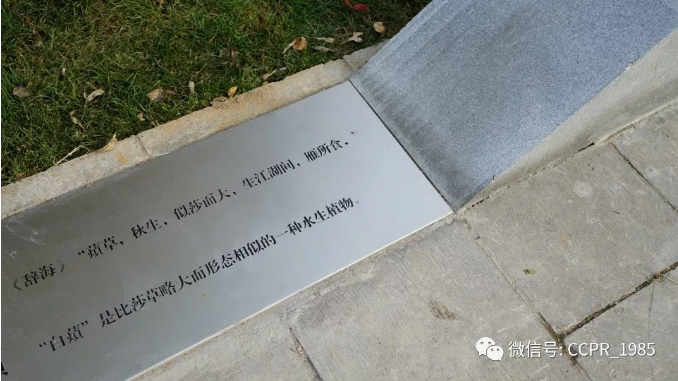

项目名称:重建儿童与自然的关系——环境教育主题城市森林规划设计
设计方:中国林业科学研究院
公司网站:http://www.caf.ac.cn/
联系邮箱:wpeng.up@foxmail.com
项目设计 & 完成年份:2016-2018
主创及设计团队:王鹏 何桂梅 高楠 何友均 范思思 李恒 陈亚
项目地址:北京市延庆区
建筑面积:26.25hm2
摄影版权:王鹏 谢和生
客户:北京市延庆区园林绿化局